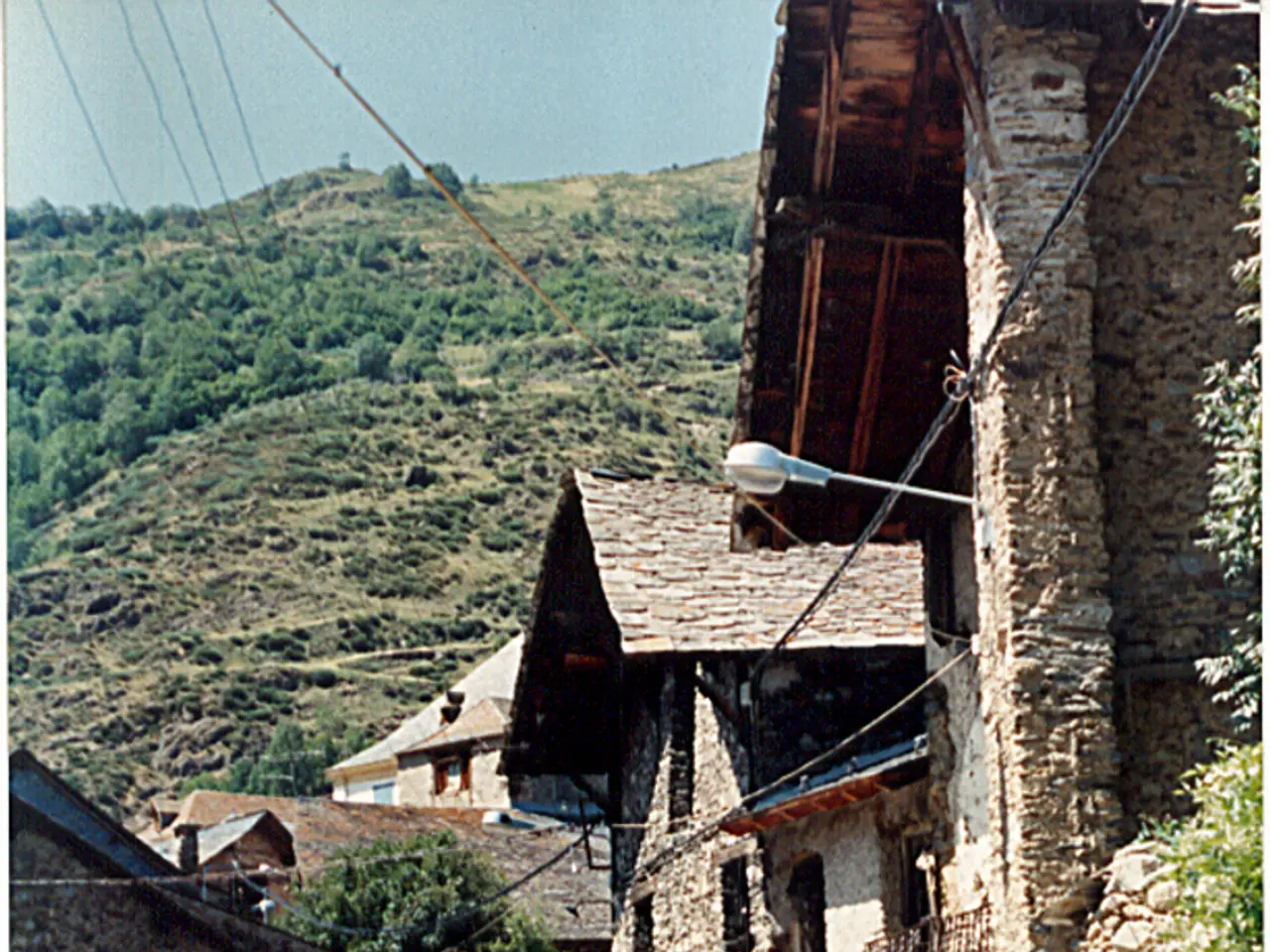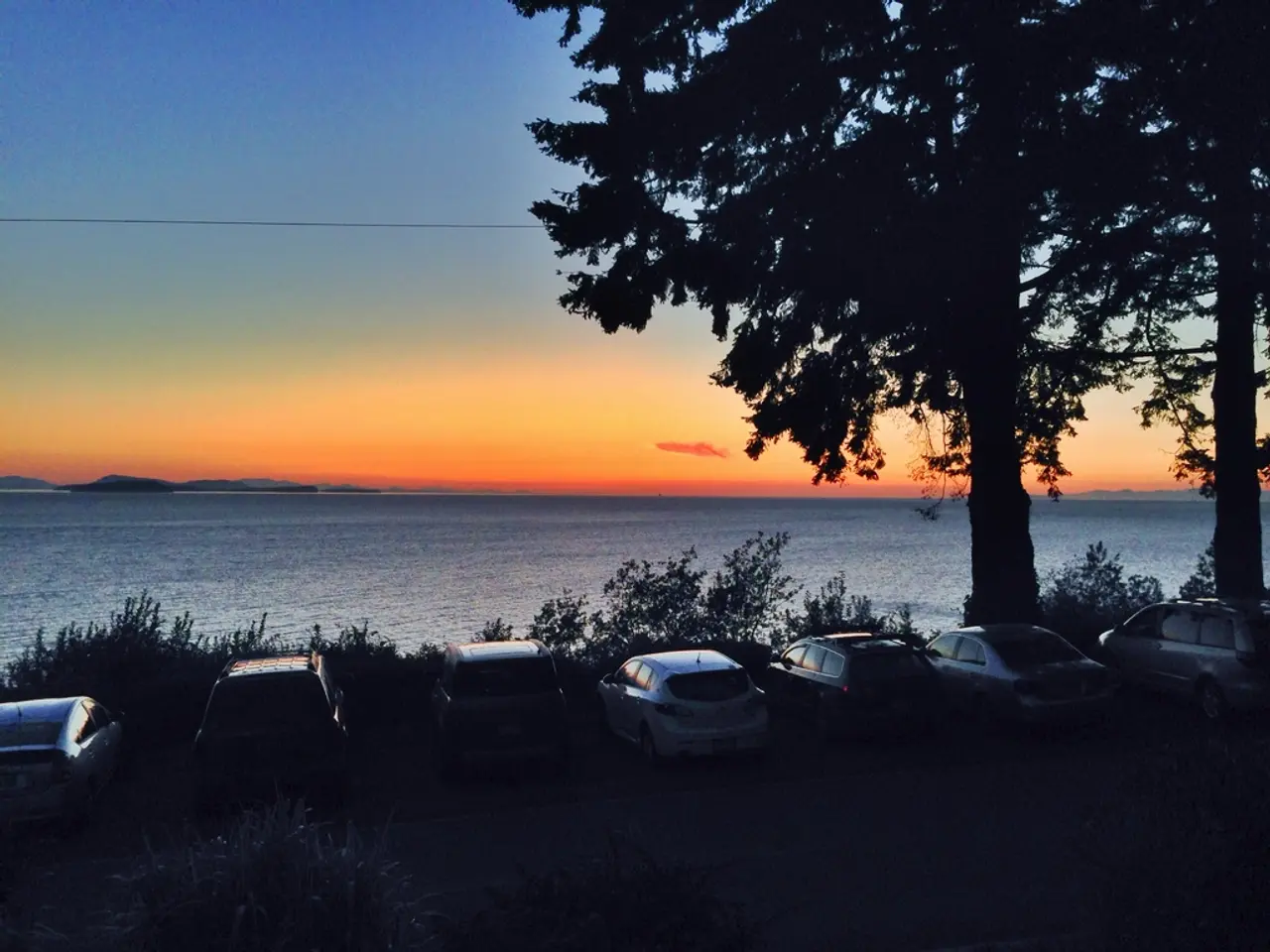Brown Leaves on Japanese Maple: Expert Gardener Explains 5 Common Causes and Ways to Revive Your Tree
In the world of gardening, Japanese maple trees are a popular choice due to their vibrant foliage and graceful shapes. However, these delicate woodland plants require specific care to thrive, especially when grown in open, windy areas or coastal regions.
Japanese maple trees are not tolerant of coastal wind and salt, making it challenging to grow them in coastal areas. Instead, they prefer a part-sun-part-shade position and moist but never waterlogged soil. If you find yourself growing Japanese maple trees in open, windy areas, it might be best to choose a different species.
One common issue that Japanese maple tree owners may encounter is leaf scorch. This condition can be caused by various factors, including underwatering, heat stress, excess salts or fertilizer overuse, root or stem damage, environmental factors, and too much sun.
Underwatering, especially during dry spells, can cause pots to dry out quickly, even for trees in the ground with shallow roots. Heat stress during hot summers can overwhelm the tree, browning leaves despite adequate watering. Overapplication of chemical fertilizers can lead to salt build-up, causing leaf scorch. Root or stem damage can reduce water uptake, while planting near heat-reflective surfaces or soil compaction can exacerbate water stress and scorch.
To revive a Japanese maple with leaf scorch and prevent further damage, gardeners should water thoroughly and consistently, providing afternoon shade, applying mulch, avoiding overfertilizing, preventing physical root damage and soil compaction, monitoring and pruning, and ensuring proper water management, heat protection, and root health.
When it comes to watering, potted Japanese maple trees need to be watered much more often, even daily in peak summer. A garden hose that can reach up to 50 feet can be useful for watering trees in the summer. Mulching Japanese maple trees in summer can help keep the roots cool and lock in moisture.
For ground-grown Japanese maple trees, deep watering during days of high heat and bright sunshine can help. Gardening gloves can protect hands while weeding and digging in the yard during the summer.
When it comes to choosing the right Japanese maple variety, 'Bloodgood' is a sun-tolerant variety with remarkable crimson foliage. The 'Red Emperor' is another crimson maple tree that would look good both in pots and borders. For smaller specimens, plant shade protection sheets, available from Amazon, can be used to protect against afternoon sun.
Japanese maple trees can be grown in US hardiness zones 5 to 8. For more information on changing the color of Japanese maple trees, see our guide on the subject. For maples in pots, moving containers to a sheltered nook or corner can help protect them from wind.
In conclusion, with the right care and attention, Japanese maple trees can thrive in your garden. By understanding their ideal growing conditions and common issues, you can ensure your Japanese maple remains healthy and beautiful for years to come.
- Although Japanese maple trees can be grown in home-and-garden settings, they require specific care, especially in coastal areas and open, windy locations.
- To revive a Japanese maple tree that shows signs of leaf scorch, it's essential to water thoroughly, provide afternoon shade, use mulch, avoid overfertilizing, and ensure proper water management, especially for potted trees.




